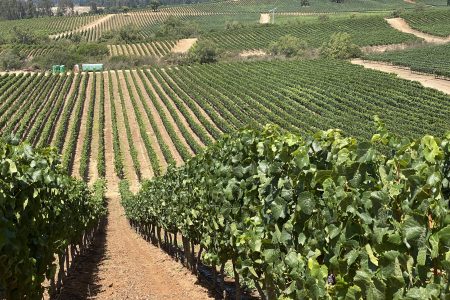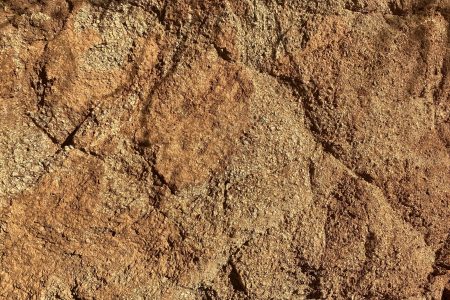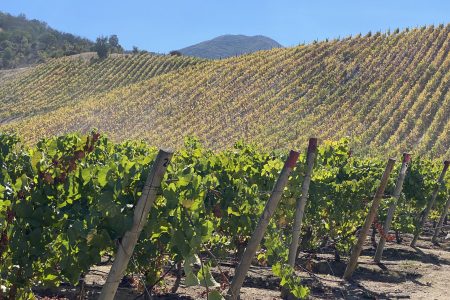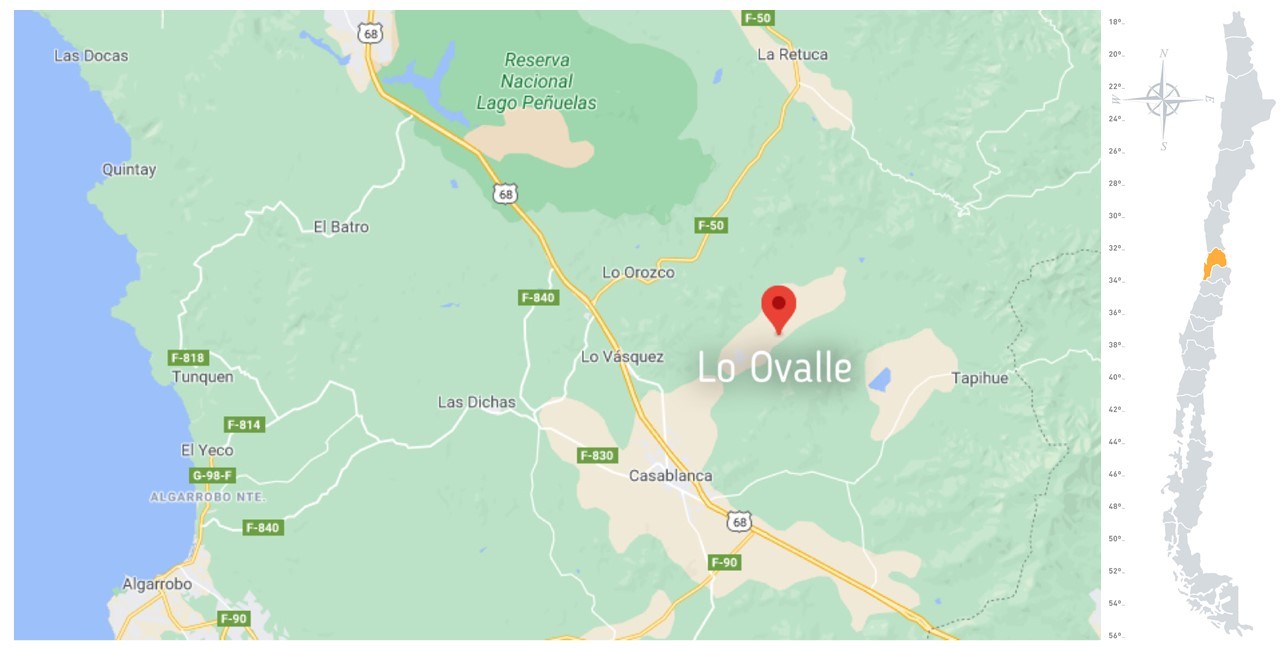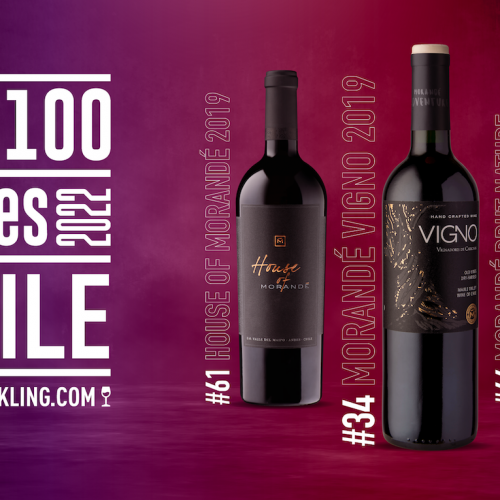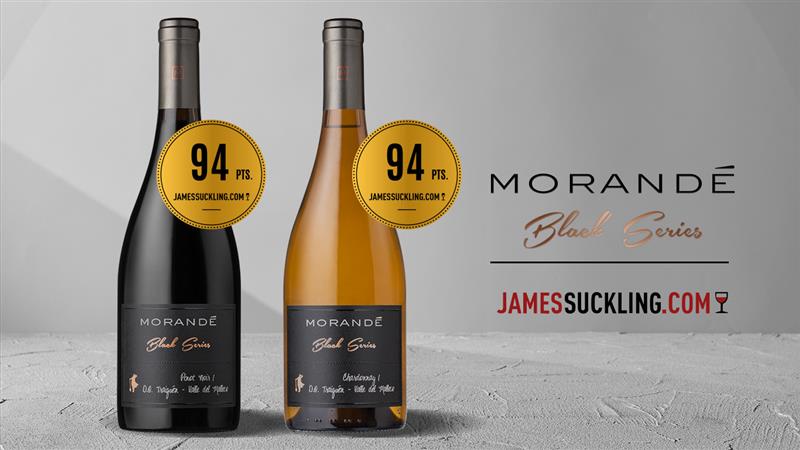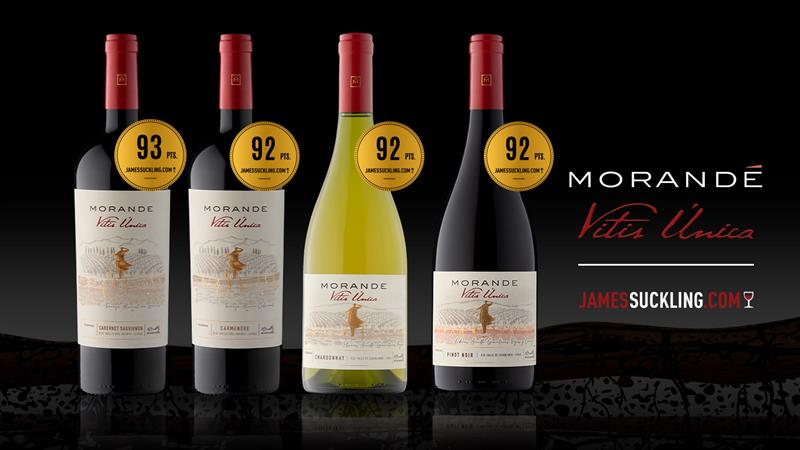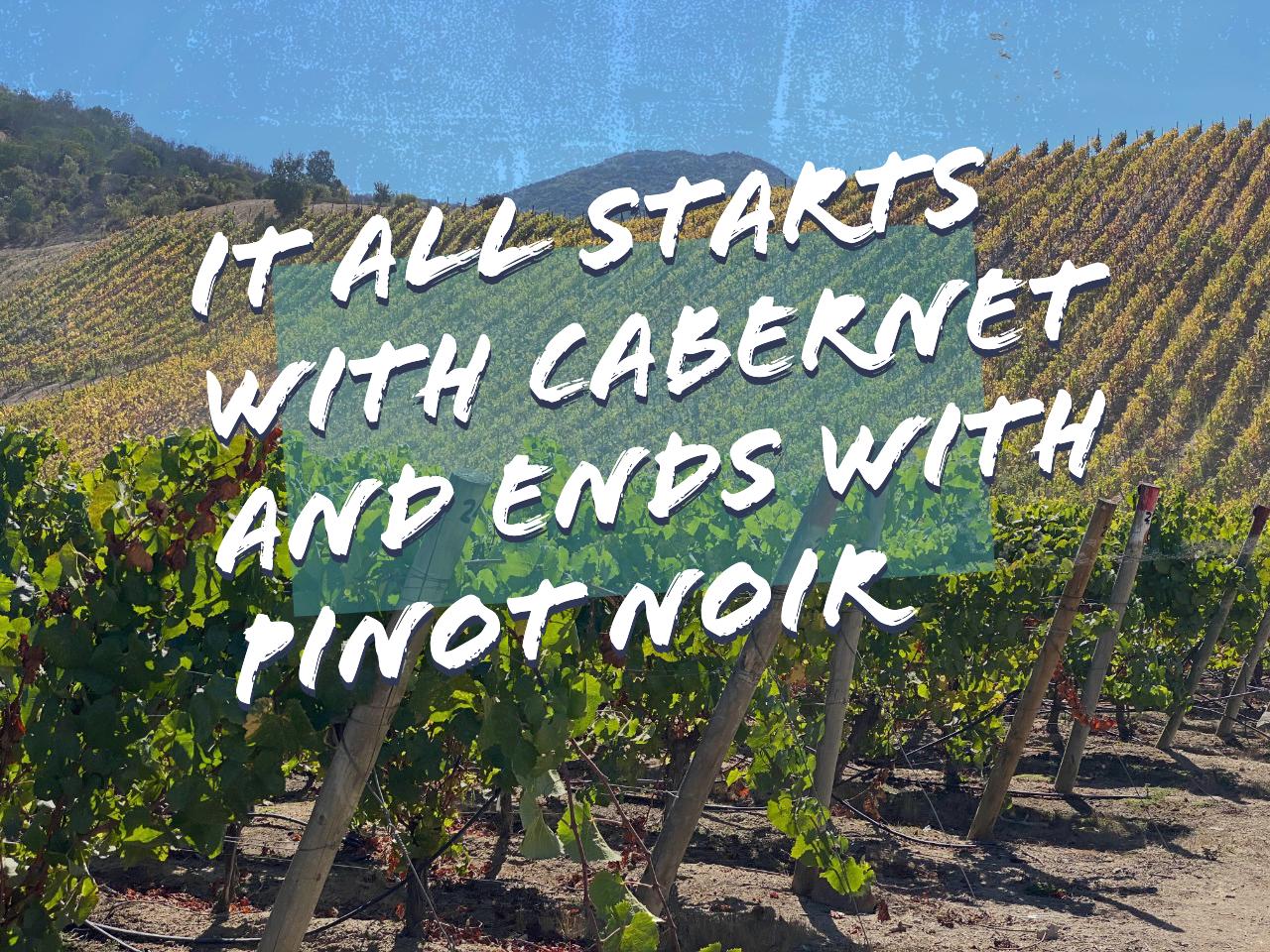
29 Jul It all starts with Cabernet and ends with Pinot Noir
Or at least that’s my general impression. We have been ‘educated’ with Bordeaux varieties because they are the most widely planted and have formed since the mid-nineteenth century, the heart of our great wines from the Maipo Valley. However, as we expand our knowledge and taste other wines, I have noticed that we end up being Pinot Noir fans, although we still enjoy a good cabernet, of course. But all this may be just my idea.
While I believe we still have better Cabernet Sauvignons than Pinots in Chile, it is also clear to me that we have come a long way in the last ten years in understanding how to produce and vinify the latter. I remember my first vintages in the mid to late ’90s when we treated Pinot Noir grapes almost as if they were Syrah, with over-ripeness and aging in new barrels regardless of whether the wine could handle it or not.
Those were the times when we thought that more is better. But the understanding and development of this new phenomenon, which we could describe as recent, came hand in hand with new terroirs, climates, and soils, more in line with this delicate but solid variety. The change, however, is largely due to the work done to improve the plant material and the use of rootstocks
I have to recognize that the clonal material that arrived in the 1990s was heavily infected with viruses. Especially leaf roll, which affects photosynthesis since very soon the leaves turn purple and curl towards the underside. This causes the bunches to present an irregular fruit set known as millerandage, which produces numerous small berries that become raisins before the “normal” berries reach their ripeness.
A healthy material in a cool climate –let’s say between 900- and 1,300-degree days (GDD)- allows obtaining Pinot Noir wines with a fruity character that reminds of raspberries and cherries, and less herbaceous or spicy notes. Its delicate but firm structure, with fine-grained tannins and balanced acidity, ultimately show a greater typicity and better aging potential. The latter is very clear and has been a very important step forward in improving our Pinot Noir.
At Viña Morandé, we have had a long experience in our beloved Casablanca Valley. We have seen how the excellent terroir of Lo Ovalle, with its granitic and red clay soils, gives us wines with the characteristics described above. But we have also explored new origins with which we seek to expand our flavor palette. Limarí has turned out to be remarkable for the texture and concentration it provides. The same happens with Malleco, which provides tension and fruit austerity, as well as new possibilities for making more complex wines.
The good thing about this adventure is that we still have room for improvement. As if all of the above mentioned were not enough, Pinot Noir becomes noticeably more complex as the vineyard matures and gets older, creating a solid base from which to move forward.
Ricardo Baettig
Winemaker at Viña Morandé

